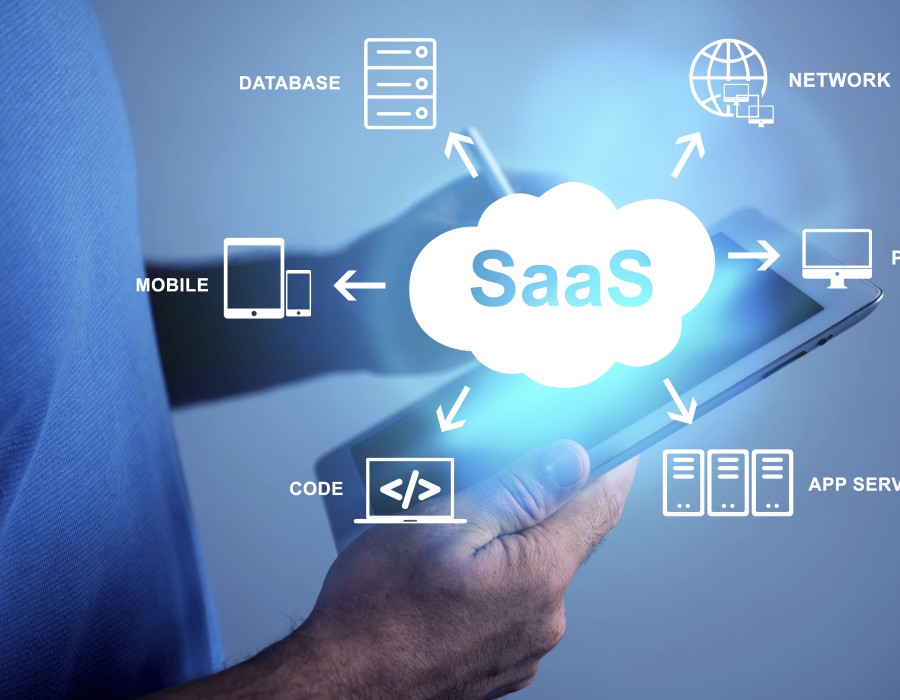The healthcare industry is undergoing a digital transformation, with software as a service (SaaS) playing a pivotal role. Healthcare SaaS software has emerged as a powerful solution to address various challenges in the industry, such as patient management, data security, and operational efficiency. This comprehensive guide will delve into what healthcare SaaS software is and provide a step-by-step approach to building it.
Understanding Healthcare SaaS Software
Definition and Importance
Healthcare SaaS software refers to cloud-based applications specifically designed for the healthcare sector. These applications are hosted on remote servers and accessed via the internet, eliminating the need for on-premises installations. Healthcare SaaS software covers a broad range of functionalities, including electronic health records (EHR), practice management, telemedicine, billing, and patient engagement.
Key Benefits
- Scalability: SaaS solutions can easily scale to accommodate growing patient databases and increasing numbers of users without significant infrastructure changes.
- Cost-Effectiveness: By adopting a subscription model, healthcare organizations can reduce upfront costs associated with hardware and software purchases.
- Accessibility: Cloud-based applications can be accessed from anywhere, facilitating remote work and telemedicine.
- Data Security: Reputable SaaS providers offer robust security measures, ensuring patient data is protected in compliance with regulations such as HIPAA.
- Continuous Updates: SaaS applications are regularly updated with new features and security patches without requiring user intervention.
Building Healthcare SaaS Software
1. Market Research and Planning
Before beginning development, it’s essential to conduct thorough market research. Identify the specific needs of your target audience, whether they are hospitals, clinics, or individual practitioners. Examine existing solutions, their strengths, weaknesses, and any potential gaps in the market.
2. Regulatory Compliance
The healthcare industry is highly regulated, and any software developed must adhere to relevant laws and standards. Familiarize yourself with regulations such as HIPAA in the United States, GDPR in Europe, and other local data protection laws. Ensuring compliance from the outset will save time and resources in the long run.
3. Define Features and Requirements
Based on your market research, determine the core features your SaaS application will offer. Common features in healthcare SaaS software include:
- Electronic Health Records (EHR): Secure storage and retrieval of patient records.
- Appointment Scheduling: Tools for patients to book, reschedule, or cancel appointments.
- Billing and Invoicing: Automated billing processes and integration with insurance providers.
- Telemedicine: Video conferencing and remote consultation capabilities.
- Patient Portals: Secure access for patients to view their records, test results, and communicate with providers.
- Analytics and Reporting: Data analysis tools to help healthcare providers make informed decisions.
4. Choose the Right Technology Stack
Choosing the appropriate technology stack is crucial for the development process. Consider factors such as scalability, security, and ease of integration. Popular technology stacks for healthcare SaaS include:
- Frontend: React, Angular, or Vue.js for creating interactive user interfaces.
- Backend: Node.js, Django, or Ruby on Rails for server-side logic.
- Database: PostgreSQL, MongoDB, or MySQL for data storage.
- Cloud Providers: AWS, Google Cloud, or Azure for hosting and infrastructure services.
5. Develop a Minimum Viable Product (MVP)
Begin with an MVP to validate your concept and gather feedback from early adopters. Focus on core functionalities and ensure the application is secure and compliant. An MVP allows you to test the market and make necessary adjustments before investing heavily in full-scale development.
6. Implement Security Measures
Security is paramount in healthcare applications due to the sensitivity of patient data. Implement the following security measures:
- Data Encryption: Encrypt data both at rest and in transit to protect against unauthorized access.
- Authentication and Authorization: Use multi-factor authentication (MFA) and role-based access control (RBAC) to ensure only authorized users can access the system.
- Regular Audits: Conduct regular security audits and penetration testing to identify and mitigate vulnerabilities.
7. Integration with Existing Systems
Healthcare providers often use multiple systems for different functions. Ensure your SaaS application can integrate seamlessly with existing systems such as EHR, lab information systems, and billing software. Use APIs and standardized protocols like HL7 and FHIR for interoperability.
8. Testing and Quality Assurance
Thoroughly test the application to ensure it functions correctly and securely. This includes:
- Unit Testing: Test individual components for correct functionality.
- Integration Testing: Ensure different modules work together seamlessly.
- Performance Testing: Assess the application’s performance under various loads.
- Security Testing: Identify and address security vulnerabilities.
9. Deployment and Maintenance
After testing is complete, deploy your application to a cloud environment. Choose a reliable cloud service provider that offers high availability and scalability. Post-deployment, continuously monitor the application for performance and security issues. Regularly update the software with new features and security patches.
10. User Training and Support
Provide comprehensive training to users to ensure they can effectively utilize the software. Offer ongoing support through various channels such as chat, email, and phone. User feedback is invaluable for continuous improvement, so establish a feedback loop to gather insights and suggestions from users.
Conclusion
Building healthcare SaaS software is a complex but rewarding endeavor. By understanding the unique needs of the healthcare industry and adhering to regulatory requirements, developers can create powerful solutions that enhance patient care and operational efficiency. Following a structured approach from market research to deployment and support ensures the development of a secure, scalable, and user-friendly SaaS application. As the healthcare industry continues to evolve, SaaS solutions will play an increasingly vital role in driving innovation and improving outcomes.





Comments